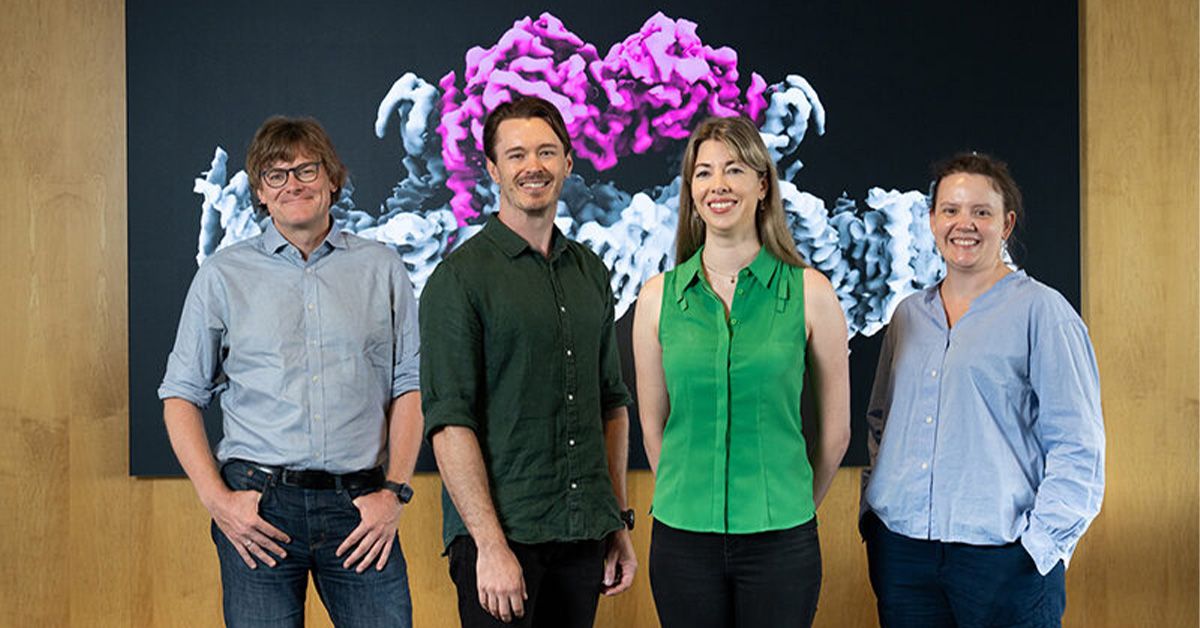Parkinson's: Faulty Protein Mechanism Found – A Breakthrough in Understanding Disease Progression
A groundbreaking discovery sheds light on the intricate mechanisms behind Parkinson's disease, potentially paving the way for novel therapeutic interventions. Researchers have identified a faulty protein mechanism playing a crucial role in the development and progression of Parkinson's, offering a beacon of hope for millions affected by this debilitating neurodegenerative disorder. This significant advancement could revolutionize treatment strategies and improve the lives of those living with Parkinson's.
Unraveling the Mystery: The Role of α-Synuclein Aggregation
Parkinson's disease is characterized by the progressive degeneration of dopamine-producing neurons in the brain. For years, scientists have focused on the role of α-synuclein, a protein that misfolds and clumps together to form toxic aggregates known as Lewy bodies, a hallmark of the disease. However, the precise mechanisms driving this aggregation and its subsequent neuronal damage remained elusive.
The Newly Discovered Mechanism: Impaired Protein Quality Control
This latest research, published in [Insert Journal Name and Link Here] highlights a previously unknown mechanism involving impaired protein quality control. Specifically, the study demonstrates that a disruption in the cellular machinery responsible for removing misfolded proteins, including α-synuclein, leads to the accumulation of these toxic aggregates. This disruption seems to be driven by [briefly explain the specific mechanism identified, citing the research].
- Key findings of the study include:
- Identification of [Specific protein or pathway involved].
- Demonstration of [Specific effect on α-synuclein aggregation].
- Suggestion of potential therapeutic targets based on the identified mechanism.
Implications for Treatment and Future Research
This breakthrough offers several exciting possibilities for the development of novel Parkinson's treatments. By targeting the identified faulty protein mechanism, researchers may be able to:
- Prevent α-synuclein aggregation: This could potentially halt or slow the progression of the disease.
- Improve protein degradation: Enhancing the cell's ability to remove misfolded proteins could reduce the accumulation of Lewy bodies.
- Develop new therapeutic targets: The identified mechanism provides new avenues for drug discovery and development.
Looking Ahead: The Path to Improved Therapies
While this discovery is a significant step forward, more research is needed to fully understand the intricacies of this newly identified mechanism and its implications for Parkinson's disease. Future studies will likely focus on:
- Developing targeted therapies: This involves designing drugs that specifically address the identified faulty mechanism.
- Testing the efficacy of these therapies in preclinical models: Animal studies are crucial for validating the effectiveness and safety of new treatments before human trials.
- Translating these findings into clinical practice: Successful preclinical studies will pave the way for clinical trials to evaluate the efficacy of these therapies in humans.
Hope for the Future: A Collaborative Effort
The fight against Parkinson's disease requires a concerted effort from researchers, healthcare professionals, and patients. This exciting discovery underscores the importance of continued research and collaborative efforts to develop effective treatments and ultimately find a cure. This breakthrough gives renewed hope to millions affected by this debilitating disease, inspiring further investigation and a brighter outlook for the future.
Learn more about Parkinson's disease and ongoing research efforts by visiting [Link to reputable Parkinson's organization, e.g., The Michael J. Fox Foundation].
